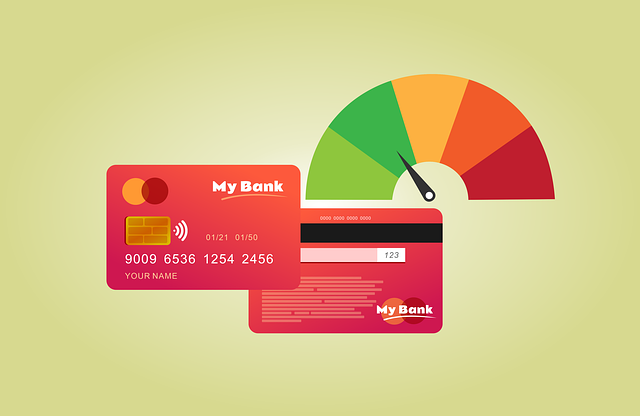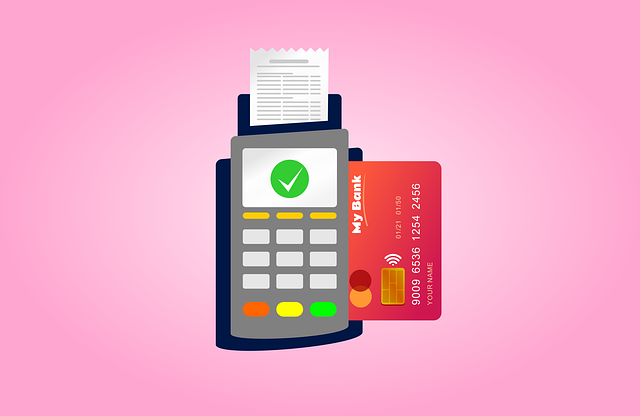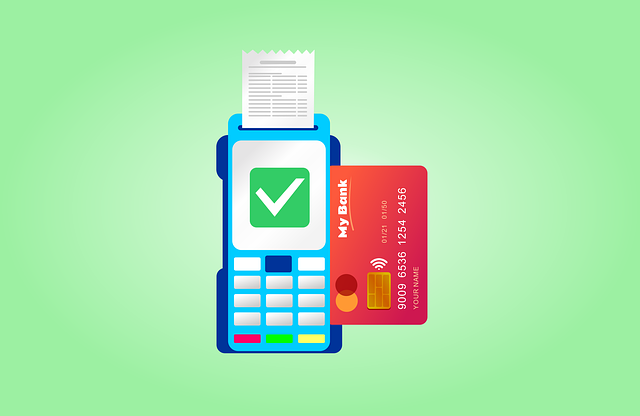TL;DR:
invoice financing emerges as a powerful tool for businesses aiming to boost cash flow and fuel growth. Unlike traditional loans, it leverages future revenue from outstanding invoices as collateral, offering short-term advances (70%–90% of invoice value) with simpler application processes. Key benefits include faster access to funds, improved cash flow management, and absence of personal guarantees. However, drawbacks like higher interest rates, fees, potential loss of control over accounts receivable, and penalties for early repayment should be considered.
To unlock these financing options, businesses should:
1. Weigh pros and cons: Compare invoice financing against traditional loans based on factors like repayment terms, interest rates, fees, and impact on cash flow management.
2. Research providers: Choose reputable invoice financing providers through thorough background checks, understanding their terms, and evaluating their customer support.
3. Apply strategically: Utilize invoice financing for short-term capital needs, maintaining adequate liquidity for operational requirements and growth opportunities.
Optimizing invoice financing can be a game-changer for businesses looking to fuel growth. This article guides you through the process, from understanding the fundamentals of invoice financing and its significant invoice financing benefits to navigating the pros and cons and finding the ideal invoice financing provider. We explore why this alternative to traditional loans is gaining traction, and how it can streamline your cash flow for maximum business impact. Learn the ins and outs of how invoice financing works and unlock your company’s true growth potential.
- Understanding Invoice Financing: Unlocking Growth Potential
- Invoice Financing Benefits: Streamlining Cash Flow for Businesses
- Invoice Financing vs Traditional Loans: Weighing Your Options
- The Process of Invoice Financing: How Does it Work?
- Pros and Cons of Invoice Financing: Considering the Advantages and Disadvantages
- Finding the Right Provider: Navigating the Landscape of Invoice Financing Services
Understanding Invoice Financing: Unlocking Growth Potential

Invoice financing is a powerful tool that can significantly boost a business’s cash flow and growth prospects. It involves using outstanding invoices as collateral to secure funding, offering several advantages over traditional loans. Unlike loans, invoice financing provides access to capital based on your company’s future revenue, not just its historical performance or assets. This method allows businesses to tap into their untapped cash flow potential, enabling them to fund operations, expand, or invest in growth opportunities without the burden of interest payments until customers settle their invoices.
Understanding how invoice financing works is crucial when exploring this alternative funding source. Businesses can apply for short-term advances against their accounts receivable, typically ranging from 70% to 90% of the total invoice value. The provider will then wait for the customer to pay the invoice and collect the full amount, minus a finance charge or discount. This process offers several benefits, including faster access to cash, improved cash flow management, and no personal guarantees required in many cases. However, there are also considerations, such as potential delays in payment from customers and variable fees, which businesses should carefully evaluate before choosing an invoice financing provider to ensure it aligns with their growth strategy.
Invoice Financing Benefits: Streamlining Cash Flow for Businesses

Invoice financing is a powerful tool that offers numerous benefits to businesses seeking to optimize their cash flow and support growth. One of its key advantages is the ability to streamline the entire billing process, providing an alternative to traditional loans. Unlike loans, which often require collateral and strict repayment terms, invoice financing allows businesses to access funds by selling their outstanding invoices at a discount. This method provides immediate capital, enabling companies to maintain stable cash flow, fund operations, and even invest in expansion opportunities.
When considering invoice financing vs. loans, businesses should evaluate the pros and cons. On one hand, it offers faster access to money with minimal overhead, making it ideal for short-term financial needs. Applying for invoice financing is generally simpler, as it relies on future revenue rather than asset ownership. However, there are also cons to keep in mind; fees and interest rates can vary widely among providers, and late payments or defaults may impact business relationships. Therefore, choosing the right invoice financing provider is crucial to ensure a positive experience that aligns with your company’s financial goals.
Invoice Financing vs Traditional Loans: Weighing Your Options

When considering funding options for your business’s growth, understanding the differences between invoice financing and traditional loans is key. While both serve as financial tools to provide capital, they operate in distinct ways with unique implications.
Invoice financing offers a flexible approach where funds are advanced based on outstanding invoices from sales made to customers. It provides working capital without tying up assets like real estate or equipment, which can be more accessible for businesses needing quick cash flow. The process involves applying to invoice financing providers, who assess the creditworthiness of your business and its clients before extending funding. This method aligns well with businesses experiencing rapid growth or seasonal fluctuations in sales as it caters to their immediate cash needs. On the other hand, traditional loans from banks typically require collateral and a more extensive application process but offer longer-term repayment options. Weighing these invoice financing benefits against the pros and cons of invoice financing versus loans is essential for business owners aiming to make informed decisions that drive growth.
The Process of Invoice Financing: How Does it Work?

Invoice financing is a powerful tool that enables businesses to unlock cash flow by leveraging their outstanding invoices. It’s not your typical loan; instead, it involves selling these invoices to a third-party provider at a discount in exchange for immediate funding. This process provides a quick injection of capital, allowing businesses to fund operations, manage cash flow, and support growth.
So, how does this alternative financing method work? When a business has an invoice financing arrangement, the provider advances a percentage of the total invoice amount, often with automatic deductions as the customer pays. This streamlines the funding process and offers several advantages over traditional loans. Pros include better cash flow management, no personal guarantees required (unless agreed upon), and potential tax benefits. However, there are also cons to consider, such as higher interest rates compared to bank loans, potential penalties for early repayment, and the loss of control over accounts receivable. Applying for invoice financing is typically a straightforward process that involves providing business details, invoice data, and financial records to trusted providers in the market.
Pros and Cons of Invoice Financing: Considering the Advantages and Disadvantages

Invoice financing is a powerful tool for businesses seeking growth capital, offering unique benefits compared to traditional loans. Among its advantages, invoice financing provides an alternative funding source that leverages existing sales and accounts receivable. This method allows businesses to access cash quickly, enabling them to fund operations, expand, or seize new opportunities without the need for collateral. It’s particularly beneficial for companies with consistent revenue streams but limited access to working capital due to lengthy payment terms from customers.
However, like any financing option, invoice financing has its drawbacks. The process involves assigning outstanding invoices to a third-party provider, which can be a concern for businesses that prefer to maintain full control over their financial transactions. Additionally, higher interest rates and fees are often associated with invoice financing compared to conventional loans, potentially impacting overall profitability. Businesses interested in applying for invoice financing should carefully weigh these pros and cons, considering the suitability of this method based on their specific financial needs, industry standards, and available providers. Researching reputable invoice financing providers is crucial to understanding the terms and conditions before making a decision.
Finding the Right Provider: Navigating the Landscape of Invoice Financing Services

Navigating the landscape of invoice financing services is crucial when seeking to optimize this financial tool for business growth. The first step involves understanding the distinct advantages that invoice financing offers compared to traditional loans. Unlike loans, which are often based on collateral and credit scores, invoice financing taps into your company’s accounts receivable—the money owed to you by customers after selling goods or services. This makes it a powerful option for businesses with strong sales pipelines but limited access to capital due to late payments from clients.
When considering providers, weigh the pros and cons of various options. Reputable invoice financing providers streamline the application process, enabling businesses to access funds quickly, often within 24 hours. They also offer flexibility in terms of repayment schedules, aligning with your cash flow patterns. However, keep in mind that fees and interest rates can vary significantly between providers, so thorough research is essential. Comparing different options based on factors like funding speed, cost structure, and customer support will help you find the right partner to fuel your growth trajectory.






